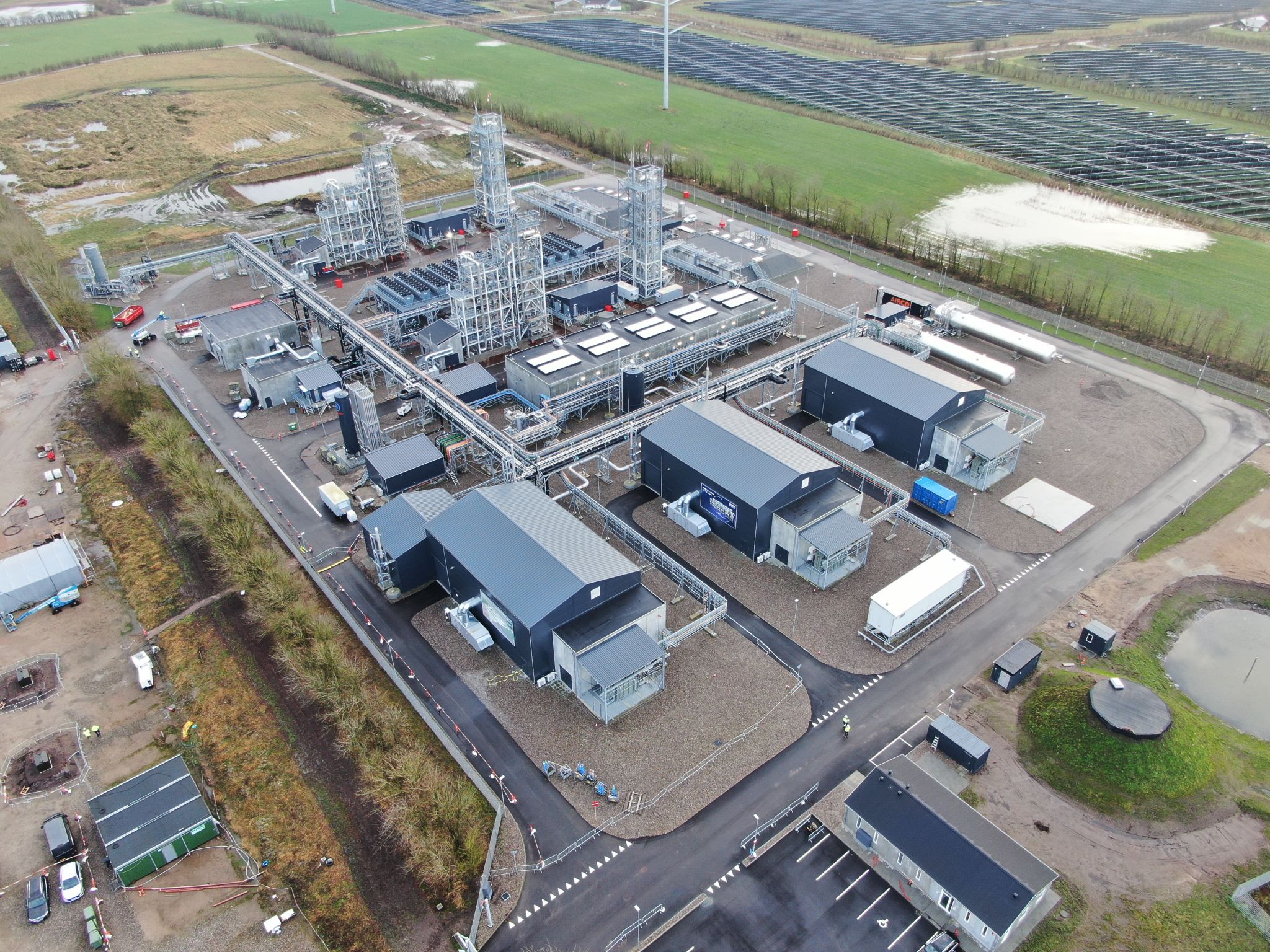Decarbonising the planet is one of the goals that countries around the world have set for 2050. To achieve this, decarbonising the production of an element like hydrogen is one of the keys as this is currently responsible for more than 2 % of total global CO2 emissions.

Hydrogen is the lightest and most common of the elements, which comprises 90% of the universe. It can be produced from a variety of domestic resources, such as natural gas, nuclear power, biomass, and renewable power like solar and wind.
What makes hydrogen a big deal is the diversity of its potential uses. Green hydrogen — produced by splitting water into hydrogen and oxygen in an electrolyzer, using renewable-powered electricity — can exponentially expand the use of solar and wind power. Right now, renewables can be used to pump the grid, but that’s about it. You can’t put solar or wind power into your car or a plane. However, green hydrogen created by solar and wind power has the potential to do that.
This technology is based on the generation of hydrogen — a universal, light and highly reactive fuel — through a chemical process known as electrolysis. This method uses an electrical current to separate the hydrogen from the oxygen in water. If this electricity is obtained from renewable sources we will, therefore, produce energy without emitting carbon dioxide into the atmosphere.
Green hydrogen is of great significance for reducing carbon emissions and improving air quality. In addition, it has many advantages to be praised:
- 100 % sustainable: green hydrogen does not emit polluting gases either during combustion or during production.
- Storable: hydrogen is easy to store, which allows it to be used subsequently for other purposes and at times other than immediately after its production.
- Versatile: green hydrogen can be transformed into electricity or synthetic gas and used for domestic, commercial, industrial or mobility purposes.
- Transportable: it can be mixed with natural gas at ratios of up to 20 % and travel through the same gas pipes and infrastructure – increasing this percentage would require changing different elements in the existing gas networks to make them compatible.






